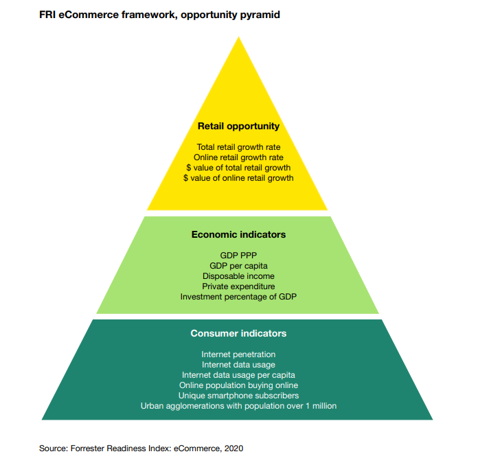
Dive Brief:
- Online retailer and direct-to-consumer specialist Bluestem Brands filed for Chapter 11 Monday with plans to sell itself in bankruptcy after a severe liquidity pinch and poor holiday performance, according to court documents.
- The retailer has an agreement for $125 million in debtor-in-possession financing to fund it through bankruptcy administrated by Cerberus Business Finance. A restructuring adviser for Bluestem Brands described the funding need as “acute and immediate,” and needed “imminently to ensure their ongoing viability.”
- Bluestem Brands entered bankruptcy with a bid from BLST Acquisition Company — an entity created by Cerberus, which was also a lender pre-bankruptcy — for $300 million that would set a baseline for a bankruptcy auction, if needed, and keep Bluestem in operation.
Dive Insight:
Bluestem Brand’s direct-to-consumer business spans seven brands, two million customers, multiple categories (apparel and electronics among them), and various channels, including online, direct mail and telephone, the latter of which has gotten Bluestem Brands sued for robocalls. The company — which owns the Appleseed’s, Blair, Draper’s & Damon’s, Gettington, Fingerhut, Haband and Old Pueblo Traders brands — is publicly traded on the OTC market.
David Burns, a restructuring executive with investment bank Imperial Capital, said in court papers that Bluestem’s filing was driven by “significant liquidity constraints attributable to high debt service, declining revenues, and a particularly weak fourth quarter of 2019.”
He also cited a recent credit downgrade as an accelerant to the company’s financial issues. In late January, S&P Global downgraded Bluestem Brands deep into junk territory, putting a CCC- rating on the company. Analysts with the ratings agency cited an asset-based loan set to mature in November. Analysts had a negative outlook for the company given “our expectation that the company’s operating performance will remain weak amid continued pressures in the retail industry, and our view of liquidity as less than adequate,” they said.
That made it more difficult for the retailer to deal with vendors, who were already pressing Bluestem Brands for stricter terms, such as payment ahead of shipments, Burns said. The tightening on trade credit made for liquidity issues. “Because the Debtors’ practice for several years has been to stretch trade to meet minimum liquidity requirements, more demanding payment terms with vendors have become potentially insurmountable,” Burns said.
With more than $12 million in principal and interest on a loan due in January, Bluestem Brands went into forbearance with its lenders, during which it started preparing for bankruptcy, rounding up DIP financing and a buyer. Complicating matters is the spread of the novel coronavirus. Burns said the virus would likely worsen Bluestem Brand’s operating environment, given that 12% of the company’s total imports come from China, where the virus has delayed manufacturing and shipments.
Despite these troubles, the company projected optimism about its future, and trumpeted its stalking horse bid. “Unlike so many retailers in recent years, the Debtors enter into the chapter 11 cases with a viable, going-concern transaction in hand,” the company said in court papers. CEO Bruce Cazenave said in a press release that “Bluestem has a strong foundation as a niche player, providing services and products to underserved consumers” and would exit Chapter 11 “a stronger company, with a clear brand focus.”
The company is requesting from a federal bankruptcy court in Delaware a bid deadline of May 7 and auction, if necessary, on May 12.

